So you think you have good eye sight? Guess again. Human beings have limitations with what we can see. Imagine this, we're born with our eyes fully developed and we use them non-stop for our lifetime. By the time you reach age 40, you would have used your eyes for 233,600 hours if you slept the full 8 hours per day. Of course, it degenerates as we get older and the power by which our eyes can resolve things get weaker. (I just wanted to squeeze this tidbit in.)
Now infrared is not visible to our eyes. No matter what kind of eye sight you have, you'll never see it. It is a type of radiation. But don't let this alarm you. The light that we see is also another form of radiation. We are actually surrounded by radiation. Infrared first was used by scientists and the military but now, consumers have access to it through the use of binoculars, still and video cameras that employ infrared technology.
When I first saw infrared photographs, I was fascinated by it. The images that I saw were surreal and eerie. It gave me goosebumps and I just felt that I need to be able to do these myself. I tried buying a filter. I chose the Hoya R72 filter which is a pretty common filter used for this type of photography. The results were rubbish. Infrared filters are almost black and you would have to shoot long exposures just to get any type of image. Think of a neutral density filter and multiply its strength by 10. 30 to 60 second exposures is what you'd need to be able to get away with this. Being the impatient man that I am. I decided to just buy a new DSLR and have it converted for IR. Camera clinic in Melbourne does this. They are also very good at servicing cameras. In fact, when any of my Leicas go wonky, I give them a call.
My quest for infrared images resulted in the purchase of a Canon 1000D converted for 520nm. 720nm gives you full infrared. 900nm gives you black & white. 520nm gives me golden leaves which I like. The trade off was that the contrast is not as high as I would want it to be but I love the results. I also thought of going down to as low as 400nm which would already give you almost normal skin tones but I like the vampire look! If you wish to try infrared photography, try to get your hands on a filter first. I recommend the Hoya R72 filter. It is easy to find and the infrared cut-off is 720nm.
An unexpected result with my camera is that it can partially see through black such as dark sunglasses. Pretty cool if you ask me. I've tried it out before and I've included a sample here.
Well, before I bore you to death... here are some shots from my camera.
Taken outside of PNG when I first got my camera...
Now these are taken in Papua New Guinea...
The advantage to getting a dedicated infrared camera is that I just use it like a normal camera and I don't have to do long exposure shots anymore. Here are some people and action shots.
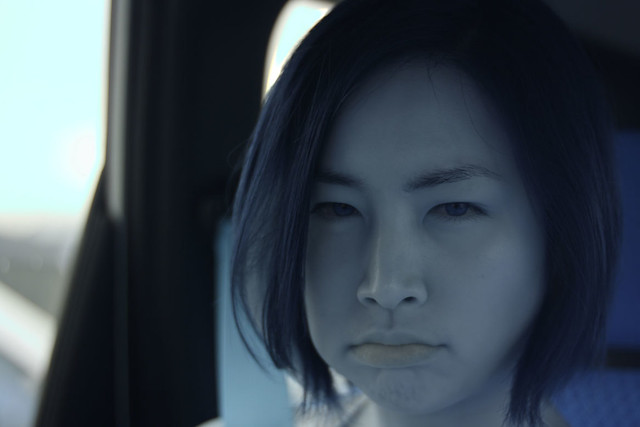 |
| don't mess with me |
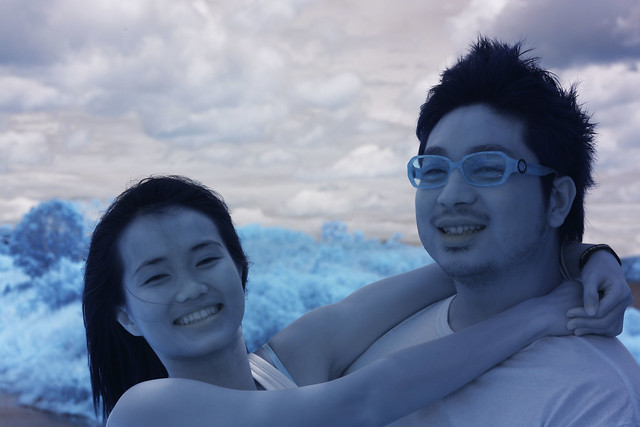 |
| check out my see-through sunglasses! |
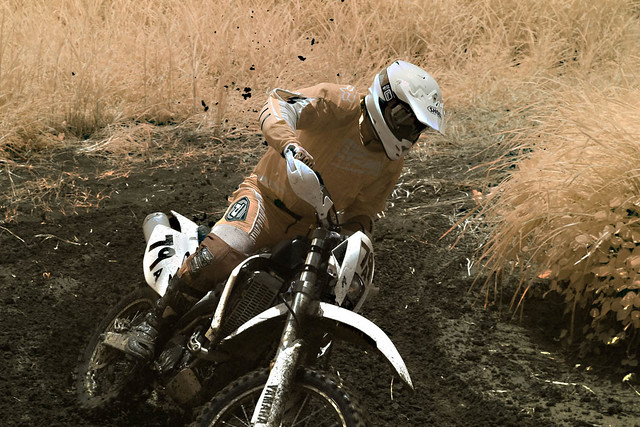 |
| yeeha! |
 |
| don't we all look good? |
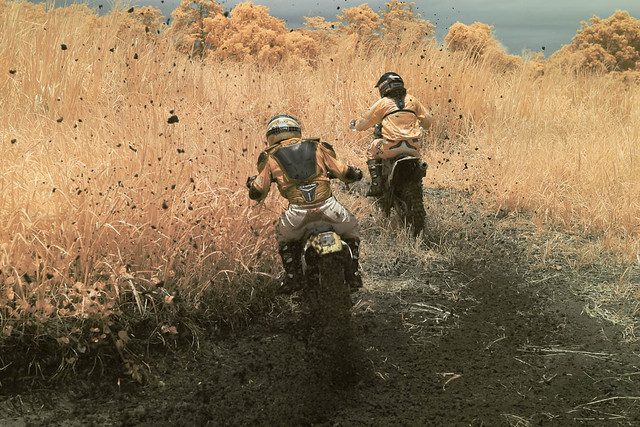 |
| eat my dirt! |
Well, I hope you liked these shots. I know I enjoyed taking them! Ciao folks.

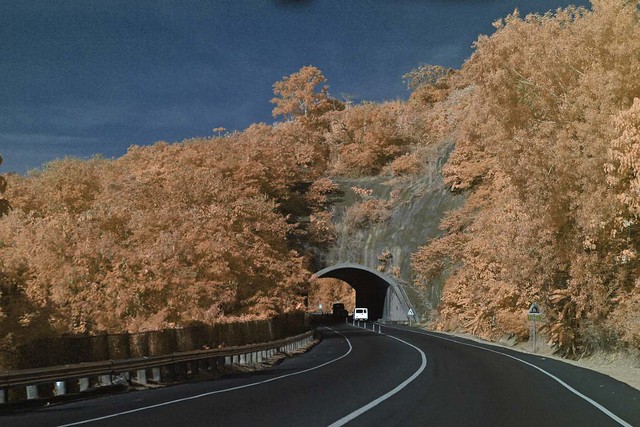

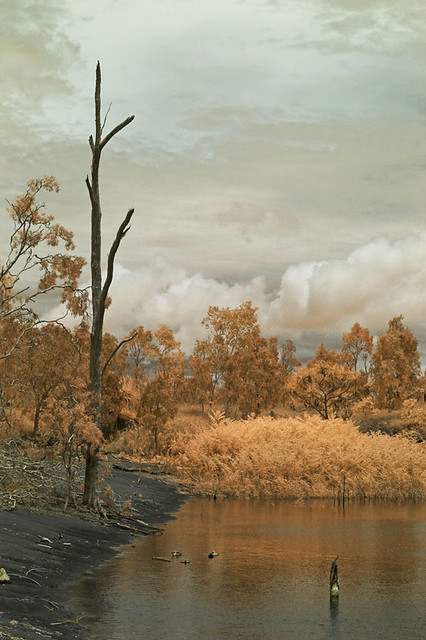


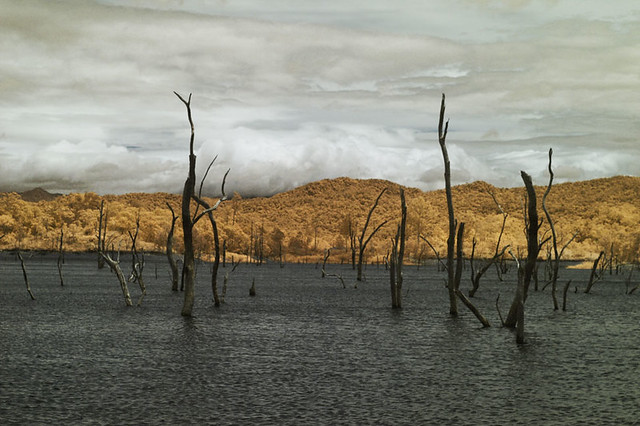
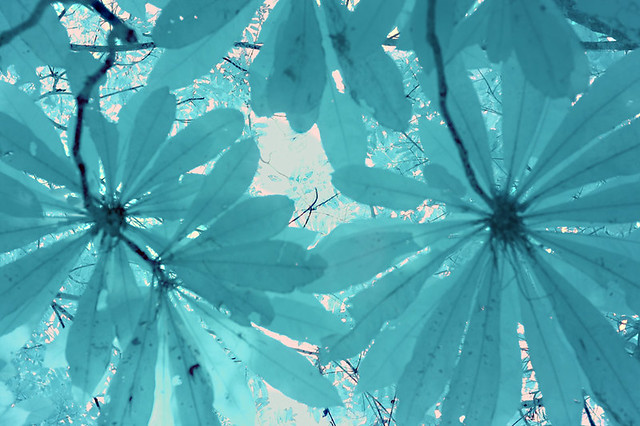
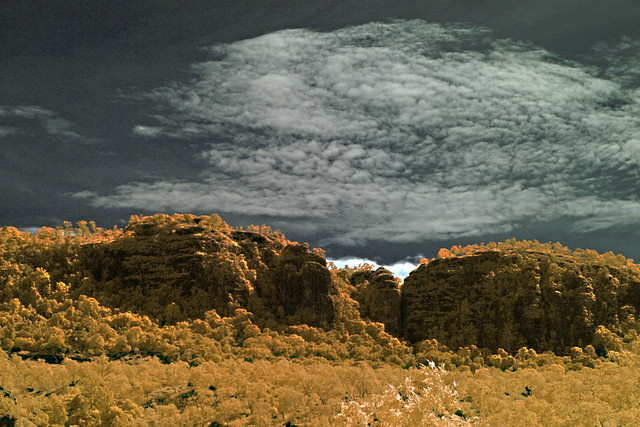
No comments:
Post a Comment